- PRODUCTS
- SERVICES
- HARDWARE & IT
- LEARNING & DEVELOPMENT
- CADFEM INFORMS
CADFEM INFORMS OVERVIEW
- ABOUT US
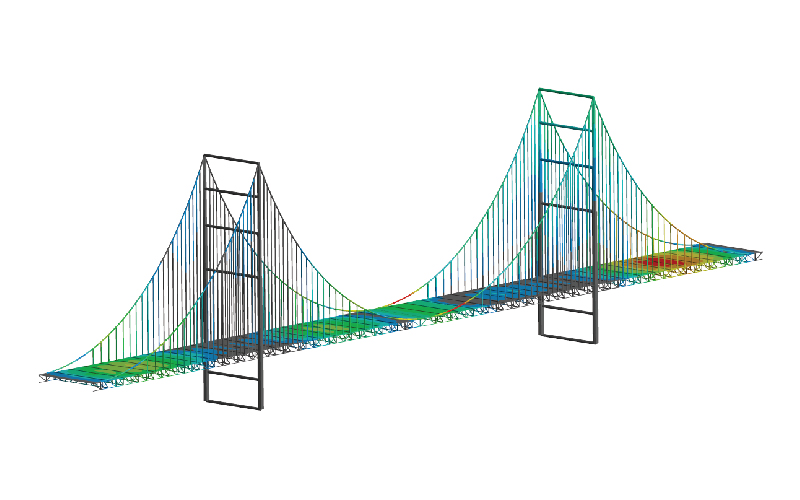
We provide extensive design services that foster innovation and excellence in engineering. Our team of adept professionals specializes in crafting customized solutions to address the specific requirements of your project.
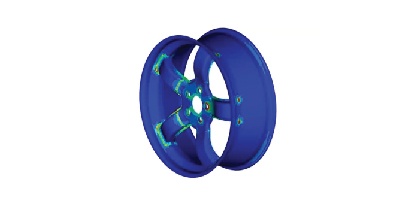
Analyze complex non-linear structural response with ANSYS Mechanical.
Non-linear statics in Finite Element Analysis (FEA) is a significant consideration when analyzing structures and materials that exhibit nonlinear behaviors. Conventional linear FEA assumes that the material properties and loading conditions remain constant and proportional throughout the analysis. However, many real-world scenarios involve complex material behaviors that linear assumptions cannot accurately represent, such as plasticity, large deformations, and contact interactions. Non-linear statics solves the governing equations iteratively in order to capture the material’s and structure’s nonlinear behavior. Each iteration involves updating the stiffness matrix, material properties, and loading conditions until a converged solution is obtained. The analysis takes into consideration non-linear effects such as geometric, material, and contact non-linearity.
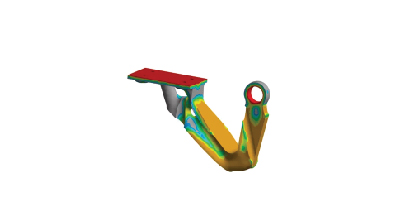
Linear dynamic analysis is used accurately predict the dynamic behavior of structures under vibration loading conditions.
Linear dynamic analysis refers to the process of analyzing the dynamic response of a structure or system under varying loading conditions. This type of analysis involves studying how a structure or system behaves when subjected to dynamic forces, such as vibrations, oscillations, or seismic events. The different types of Linear dynamic analysis are Modal Analysis, Harmonic Response Analysis, Random Vibration Analysis, Eigenvalue Buckling Analysis, Response Spectrum Analysis.
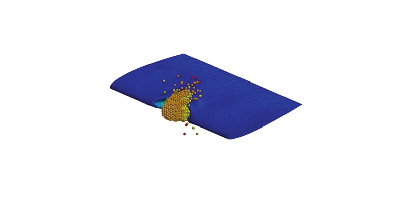
Impact and crash simulations are computational tools used in various fields to model and analyze the behavior of systems or structures under specific conditions, typically involving sudden forces or collisions. These simulations are valuable for predicting how objects will behave in real-world scenarios without the need for physical testing, thus saving time and resources.
Both impact and crash simulations rely on advanced computational methods, often utilizing finite element analysis (FEA) technique. These simulations require accurate modeling of materials, boundary conditions, and environmental factors to generate reliable predictions. By running multiple simulations under different conditions, engineers can iteratively refine designs and make informed decisions to enhance safety and performance.
Impact Simulations:
Impact simulations focus on modeling the effects of one object colliding with another. They are commonly used in engineering, automotive, aerospace, and manufacturing industries to assess the performance of components or structures during accidents, crashes, or other high-energy events. Impact simulations can help engineers optimize designs for safety, durability, and performance by predicting factors such as deformation, stress distribution, and energy absorption.
Crash Simulations:
Crash simulations specifically deal with scenarios involving vehicles, such as cars, airplanes, or trains, colliding with obstacles or each other. These simulations are crucial in automotive engineering for designing safer vehicles and improving occupant protection systems like airbags and seatbelts. Crash simulations take into account factors such as vehicle speed, impact angle, material properties, and structural design to predict outcomes such as deformation, acceleration, and potential injury risks.
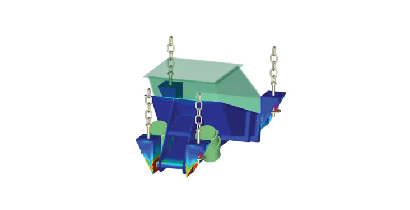
Study the noise and vibration characteristics of vehicles.
The study and modification of noise and vibration characteristics in vehicles, particularly cars and trucks, is known as noise, vibration, and harshness (NVH). The task is to measure and minimize undesirable noise and vibration, while also enhancing beneficial sounds. Engineering, acoustics, and human factors come together in the multidisciplinary field of NVH to create a more comfortable and enjoyable driving experience. Noise is the term used to describe the unwanted sounds produced by a vehicle, including engine noise, road noise, and wind noise. Vibration is the term used to describe the unwanted movements or oscillations of a vehicle’s components, including its engine, transmission, and suspension. Noise and vibration can cause harshness, which is a subjective quality that refers to unpleasantness or annoyance.
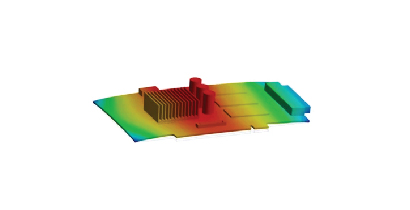
Fast and accurate life predictions for electronic components using ANSYS Sherlock.
Printed Circuit Boards (PCBs) are the core of modern electronics, powering nearly every electronic device we use. PCBs may be found everywhere, from phones to space equipment. The reliability of these PCBs are very important, as a small failure may cause minor inconveniences to critical system failures.
PCB reliability refers to the ability of a printed circuit board to consistently perform its intended function over its operational lifetime, under various environmental and operational conditions like thermal shock, mechanical shock, vibration and humidity.
“Ansys Sherlock” is physics-based reliability analysis tool which can predict the failure on electronic component and System level for different thermal and mechanical event that a system is exposed during its lifetime. It also help to perform DFMEA and CFM analysis during initial design phase which can help the organization to reduce market time and help in innovation.
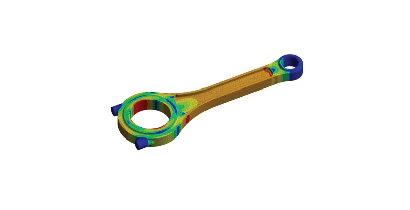
Perform design optimisation by considering various parameters like manufacturing tolerances, and other source of uncertainty.
Robust design optimization is the process of designing a system or product that can perform well in various conditions despite uncertainty and variability. To achieve this, it is necessary to identify and address potential sources of uncertainty and variability, and then optimize the design to be resilient against these uncertainties. Different optimisation classes includes consistent variability and uncertainty, worst-case deviation. Some techniques in RDO includes hybrid optimization, worst-case scenario analysis, and sensitivity analysis.
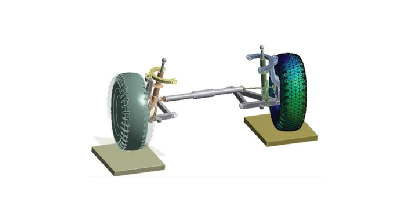
Analyze the motion of assemblies of bodies either rigid/flexible.
Multibody dynamics in structural dynamics involves simulating large movements of interconnected body systems. These bodies, rigid or flexible, are connected by kinematical joints and force elements like springs, dampers, and actuators. Multibody dynamics is widely applied in vehicles, spacecraft, robots, mechanisms, and biomechanical systems.
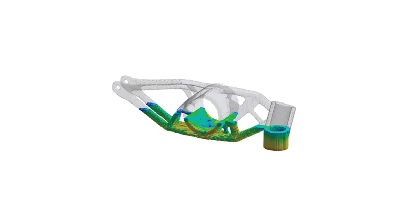
Simulate the manufacturing process with ANSYS LS-DYNA.
Manufacturing simulations aims at replicating the process of manufacturing in simulation environment using FEA based numerical approach. These simulations provides critical insights on the product which undergoes manufacturing process like deformations, stresses, plastic strain, etc. Processes such as sheet metal forming, hemming, stamping, welding etc. can be performed using Ansys Structural tools.
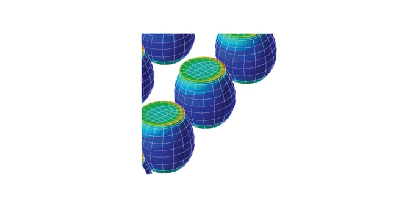
Analyze the assembly for over a period for constant/variable loading.
The interaction of stress and temperature causes creep and fatigue, which are two types of material failure mechanisms. Creep occurs when a material permanently deforms over time, usually at high temperatures, while fatigue occurs when cracks propagate over time due to repeated loading and unloading cycles. Creep is a term used to describe a material’s elongation under constant stress over a period of time. Materials that are exposed to high temperatures, like those used in power plants, aircraft engines, and gas turbines, are frequently observed with it. Surface finish, heat treatment, and material properties are all factors that can lead to creep.
The accumulation of damage occurs through the synergistic interaction of cyclic stress and elevated operating temperatures, which is known as fatigue. Mechanical components, bridges, and buildings are often subjected to repeated loading and unloading cycles, which is a common failure mechanism. There are many factors that can lead to fatigue, such as material properties, surface finish, and loading conditions.
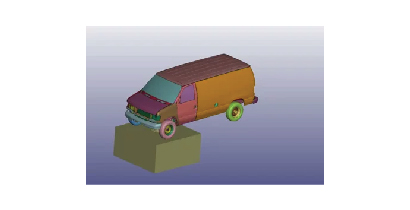
Reduce the noise and improve the comfort for the asembly.
Vibro-acoustics, a combination of vibration and acoustics, is used to analyze and understand the interaction between vibrating structures and the surrounding environment. The term structural acoustics is also used in some regions. The use of vibro-acoustics is to examine the mechanical waves in structures and how they interact and radiate into surrounding media, such as air or water. The importance of this field lies in various industries, such as aerospace, automotive, and construction, where it assists in predicting and preventing noise and vibration issues.


